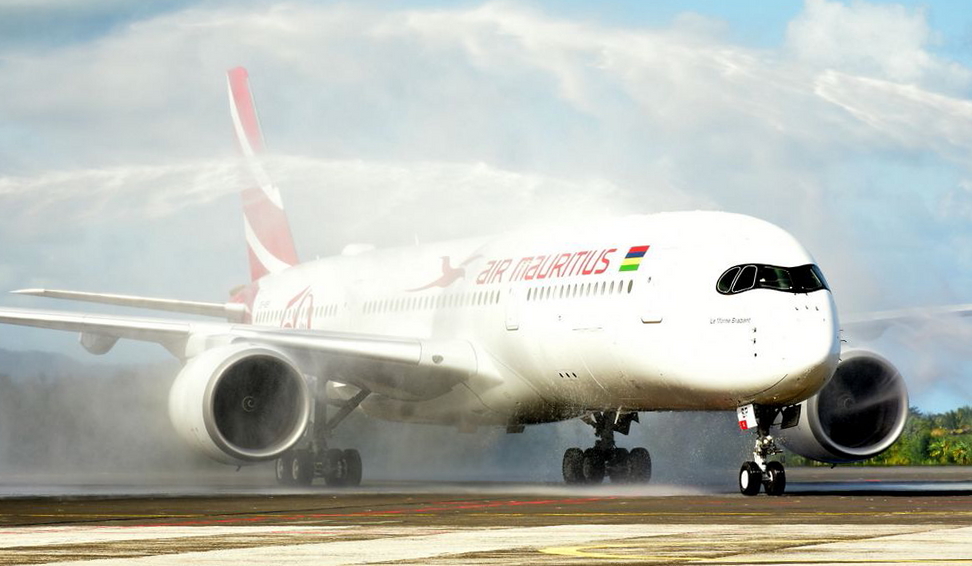|
SITA is providing wireless connectivity on the
ground to Air Mauritius� new fleet of Airbus A350 aircraft,
keeping the new-generation aircraft connected to the vital
back-end systems no matter where they fly.
In October 2017, Air Mauritius introduced the
first two new-generation Airbus A350 aircraft with a further four
expected to join the fleet over the next few years.
Donald Li Ying, Vice President � Information
Systems at Air Mauritius, said, �As Air Mauritius begins to
introduce a new-generation of connected aircraft such as the
Airbus A350, it is vital that we have a partner that can support
the transfer of data both in the air and on the ground. This is
vital to leverage the full benefit that connected aircraft can
bring to the airline and our passengers.�

The Airbus
A350 is one of the most advanced aircraft flying today. It brings
with it a unique complexity with large data exchange in its own
unique protocol � Media Independent Aircraft Messaging (MIAM).
This is designed to exchange large amounts of data between the
aircraft and ground systems using multiple communication channels.
SITAOnAir � SITA�s sister company focused on
connected aircraft � has developed a solution to understand this
complex MIAM communication and simplify integration into airline
systems and processes. Additionally, Air Mauritius wanted this
exchange over Inmarsat SwiftBroadband (SBB). This required
SITAONAIR to work closely with all stakeholders, including Airbus
and IBM, to ensure the successful launch of A350 operations and in
the process, hosting the entire service in the SITA ATI Cloud.
At the gate, SITA�s wireless connectivity allows
the airline to quickly and securely exchange vital aircraft
information generated during flight with both the airline�s own
systems as well as with Airbus and IBM. At the same time key
information ahead of the next flight can be uploaded, including
passenger and flight information.
This connectivity allows for rapid exchange of
aircraft information which will help Air Mauritius speed up
aircraft turnaround times while ensuring seamless management of
the aircraft�s systems by ensuring complete connectivity globally.
Maneesh Jaikrishna, SITA Vice President Indian
Subcontinent, Eastern & Southern Africa, said, �These new aircraft have become flying data
centers which rely on world-class connectivity in order to
exchange information on everything from engine data, passenger
requirements to updates at the destination. This requires
reliable, fast connectivity no matter where the aircraft finds
itself. At SITA we are working with airlines globally to support
that connectivity and ensure that the full benefits of connected
aircraft can be unlocked.�
A total of 30% of airlines are already operating
connected aircraft within their fleet and 73% of airlines will
either operate or have taken delivery of connected aircraft in the
next three years, according to SITA Air Transport IT Insights
2017.
|
Headlines: |
|
See latest
HD Video
Interviews,
Podcasts
and other
news regarding:
SITA,
SITAOnAir,
Air Mauritius.
|
